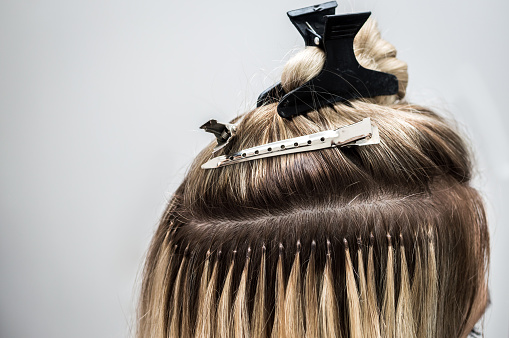Painting and outlining design packages is a satisfying and rewarding activity that lets you display your imagination and precision. Whether you’re a beginner or an experienced modeler, understanding the artwork of painting and describing enhances the realism and splendor of your models. Under, we’ll outline measures and tips that will allow you to change your model kits from plastic areas to a wonderful screen piece.
1. Preparation Is Essential
Before you begin painting, appropriate planning is essential. Start with carefully removing any shape lines, joints, or excess plastic in your system using a pastime blade, sandpaper, or perhaps a file. After the components are clean, rinse them with warm soapy water to remove any shape release brokers or oils that could restrict color adhesion. Let them to totally dry before proceeding.
If your package needs construction before painting, consider applying masking tape or clamps to carry parts together for a test fit. This will allow you to recognize any modifications required for a clean fit and finish.
2. Priming Your Design
A fur of primer generates a level, clean surface for the color to stick to and improves the presence of details. Choose a primer color that enhances your foundation coat. As an example:
Black primer is useful for darker color schemes or treatment techniques.
White or dull primer is ideal for light, vivid colors.
Use the primer in slim, even layers utilizing a spray may or airbrush. Allow each fur to dry completely before using the following to avoid drips or uneven surfaces.
3. Painting Techniques
Painting your set is wherever your creativity truly shines. Utilising the right practices can bring your design your:
Base Layers: Apply a uniform base fur of color using an airbrush or paintbrush. Slim your paint for simpler application and build up multiple thin levels rather than one thick coat.
Treatment and Highlights: Use richer tones to add degree in recessed areas and lighter colors to highlight increased details. That process, usually named “section lining” or “covering,” adds dimensionality and realism.
Detail Painting: Work with a fine-tipped brush or color sign to cautiously paint small areas such as keys, knobs, or section lines.
Dry Discovering: Gently drop a dry brush in color, remove nearly all of it, and work the brush across raised surfaces. That features edges and gives a used, bumpy look.
4. Sealing and Defending
After painting, apply a clear topcoat to guard your work and obtain your ideal finish. Choose from gloss, satin, or matte layers on the basis of the model’s intended appearance. Spray the topcoat equally and give it time to remedy properly.
5. Ultimate Details
When your paint is made, put any stickers or stickers incorporated with the kit. Use decal setting options for an easy application. Finish with weathering methods like clears, decay results, or scores for included reality if the product calls for it.


